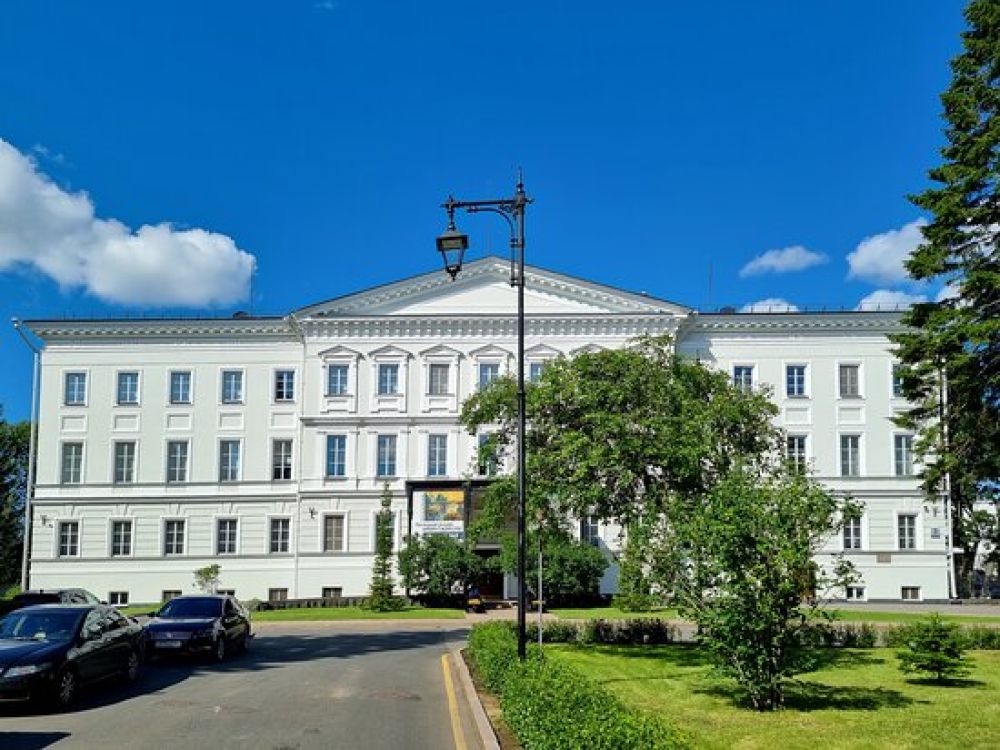

Nizhny Novgorod, a significant cultural center in Russia, has seen its tourism landscape evolve over the years. The city's history as a trade and cultural hub has laid a strong foundation for its tourism sector. Particularly, the Nizhny Novgorod State Art Museum has emerged as a prime tourist attraction, offering insight into Russia's rich artistic heritage.
Founded in 1896, the Nizhny Novgorod State Art Museum is housed in a historical building that has been part of the city's skyline since the 19th century. Initially, the museum's collection began with donations from local philanthropists and art aficionados, including significant contributions from Dmitry Sirotkin, an eminent patron. Over time, it has expanded significantly to include not only Russian art but also works from Western European masters.
The museum's collection boasts over 12,000 works of art, ranging from ancient Russian icons to masterpieces of European art. Visitors can marvel at works by famous Russian artists such as Ivan Shishkin, Arkhip Kuindzhi, and Isaac Levitan. In addition, the museum also hosts temporary exhibitions and cultural events, striving to showcase the dynamic nature of Russian and international art scenes.
Tourism plays a pivotal role in the museum's operations. The attraction of both domestic and international visitors has facilitated various renovations and expansions over time. The city's authorities have recognized the economic and cultural value of tourism, investing in infrastructure and promotional activities to draw in a larger number of tourists.
In recent years, Nizhny Novgorod has embraced modern tourism trends by introducing digital technologies to enhance the visitor experience. The Nizhny Novgorod State Art Museum has incorporated multimedia guides and virtual tours, allowing broader access to its collections.
Eco-tourism and cultural tourism have been on the rise, with visitors increasingly interested in authentic experiences and learning more about the local heritage. Moreover, the museum has been focusing on interactive and educational programs, particularly aiming at younger audiences to foster an appreciation for art at an early age.
The city's improved transport links, including the high-speed train connecting Nizhny Novgorod with Moscow, have made it more accessible to tourists. The museum's central location within Nizhny Novgorod, near the Kremlin and overlooking the confluence of the Volga and Oka rivers, makes it an essential stop for anyone interested in exploring the city's history and culture.
Looking ahead, there are plans to further integrate technology in the museum's operations, with potential developments such as augmented reality exhibits and international collaborations. These initiatives are expected to attract a new demographic of tech-savvy travelers, contributing to the growth of the local tourism economy.
In conclusion, the Nizhny Novgorod State Art Museum continues to play a significant role in the tourism history of the city, charting a path that reflects both the preservation of culture and an embrace of contemporary trends. Its pivotal role in enhancing Nizhny Novgorod's tourism appeal is a testament to the city's evolving story as a key destination in Russia.